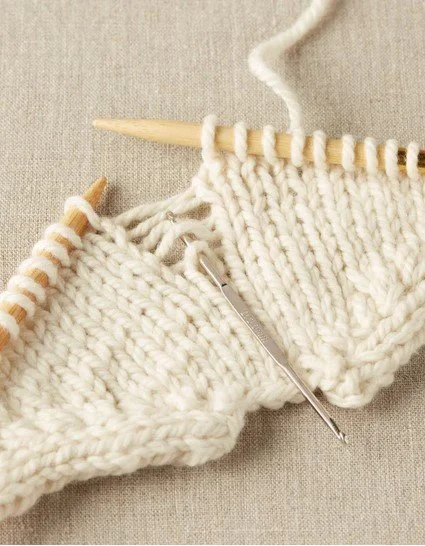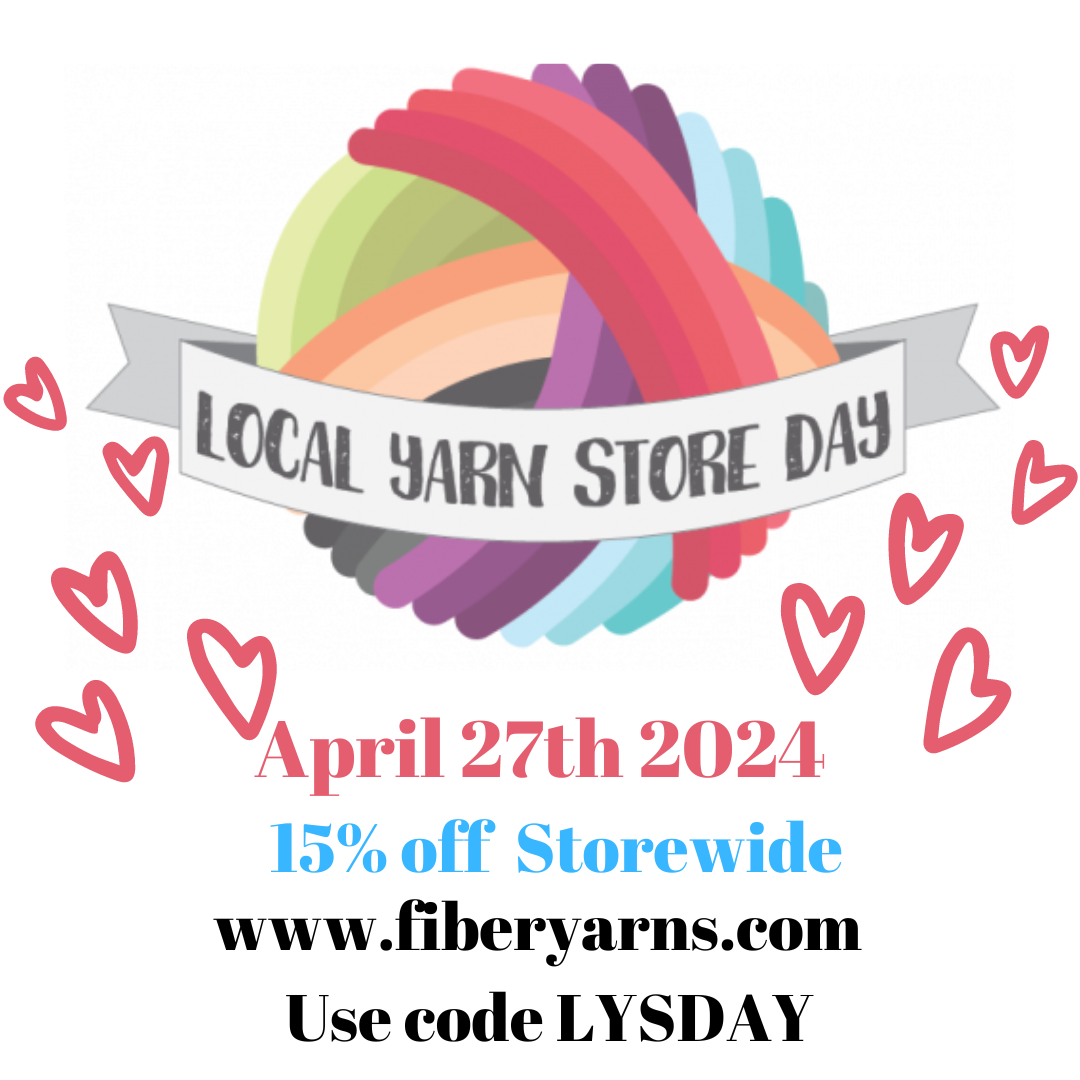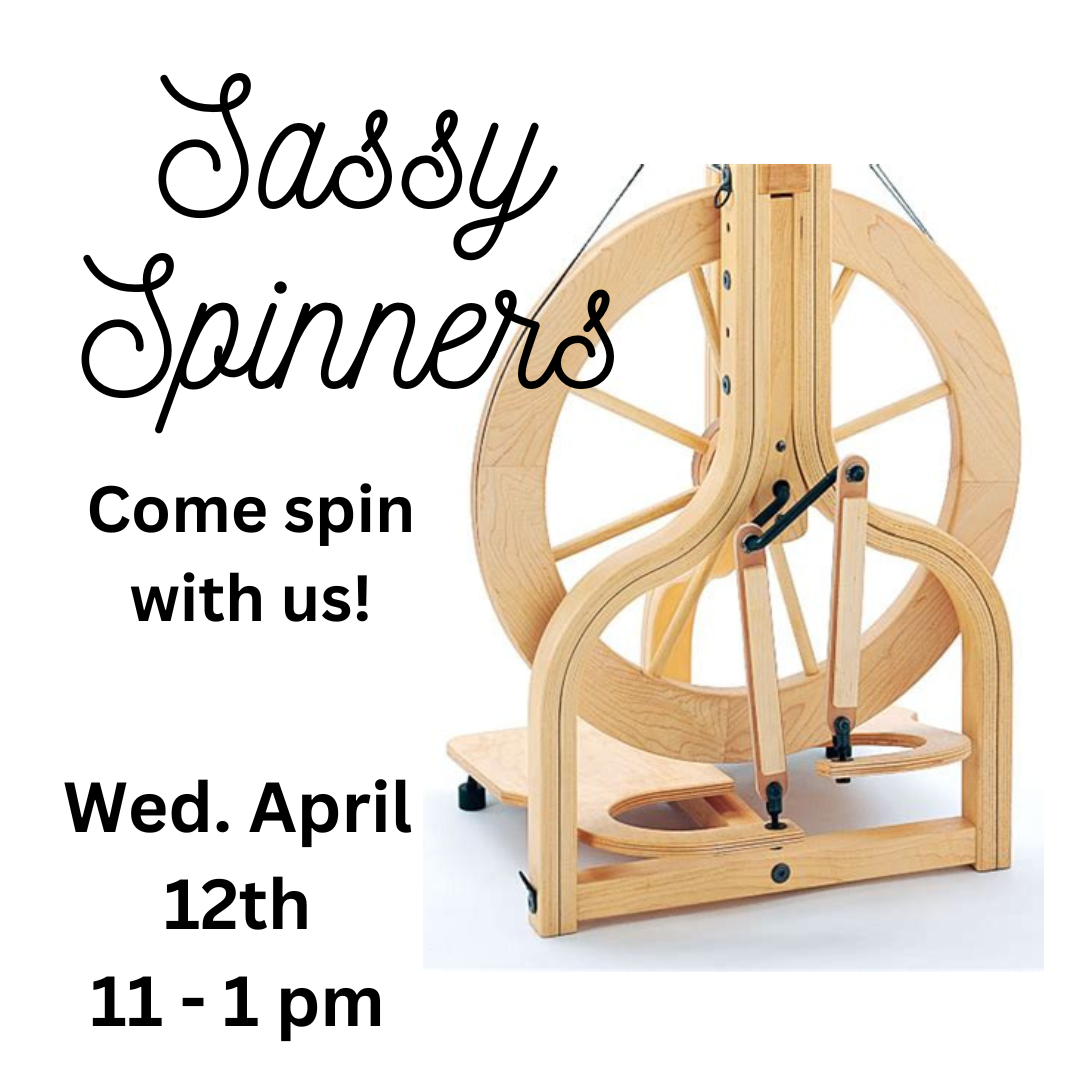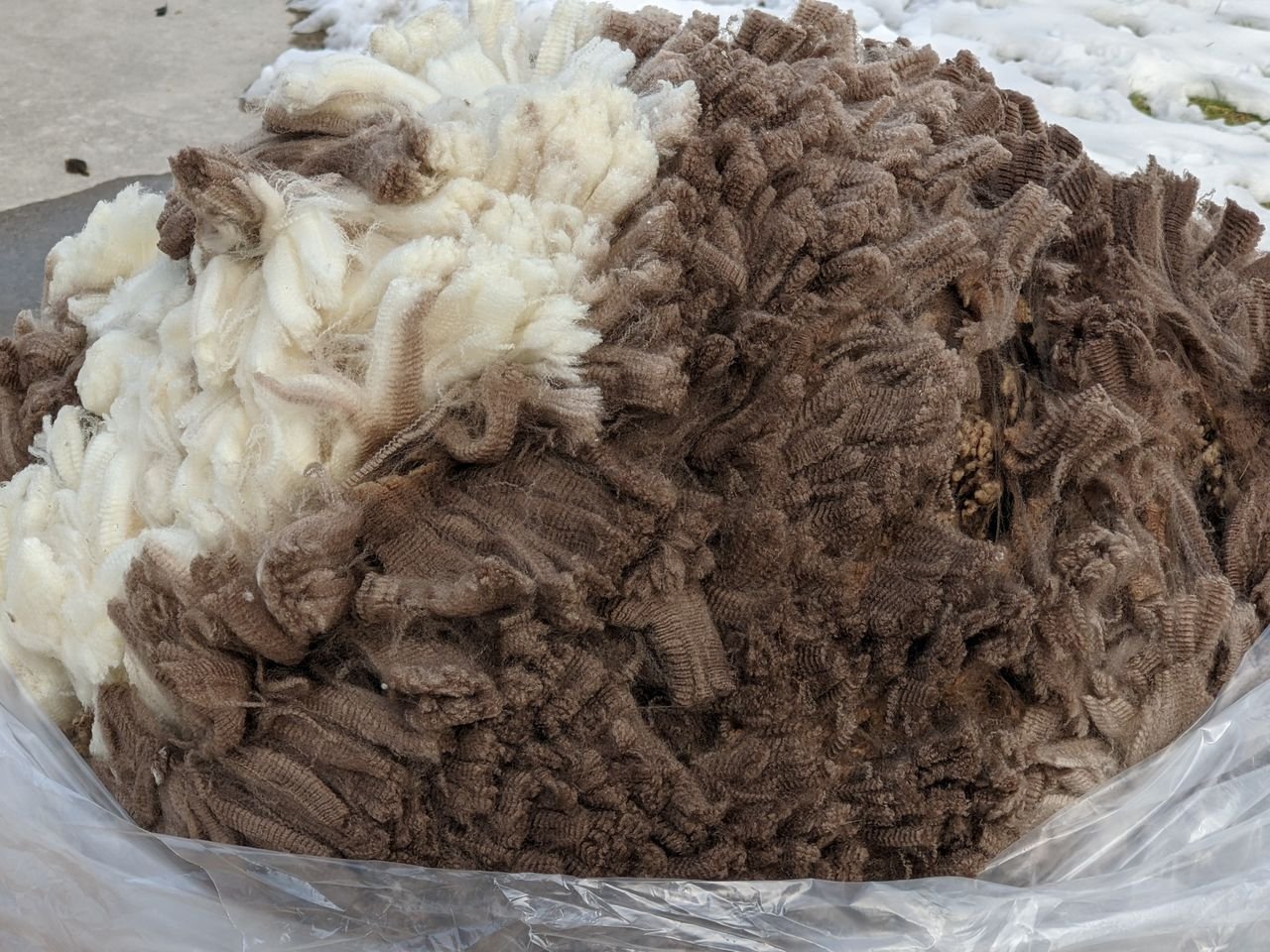How to Fix a Dropped Stitch in Knitting: A Step-by-Step Guide
Oh no! You’re happily knitting along, and then you spot it—a dropped stitch, unraveling your hard work like a tiny knitting rebellion. Don’t panic! Fixing a dropped stitch is easier than you think, and with a little know-how, you’ll have it back in place in no time. In this guide, I’ll walk you through the steps to rescue that runaway stitch and keep your project on track.
What’s a Dropped Stitch?
A dropped stitch happens when a stitch slips off your needle and starts to unravel, leaving a ladder of loose yarn strands. It’s super common, especially for beginners, but even seasoned knitters have their moments. The good news? You can fix it with just a crochet hook and a bit of patience.
Tools You’ll Need
Crochet hook: A small one, close to your needle size, works best.
Your knitting project: With the dropped stitch ready to be saved.
Good lighting: Trust me, it helps!
Step-by-Step Fix for a Dropped Stitch
Spot the Dropped Stitch
Look for the loose stitch—it’ll be a loop hanging below your needles, with a ladder of yarn strands above it. Don’t pull on your work, as this can make it unravel further.Secure the Stitch
Grab your crochet hook and insert it through the dropped stitch from front to back (if you’re working on the knit side). This keeps it from slipping further down.Climb the Ladder
Look at the ladder of yarn strands above the stitch. Each strand represents a row you need to “re-knit.” Hook the lowest strand with your crochet hook and pull it through the loop on your hook. Congrats—you’ve fixed one row! Repeat this for each strand, working your way up the ladder.Check Your Work
As you pull each strand through, make sure the new stitch looks like a knit stitch (a little “V” shape). If it’s twisted, you might have pulled the strand incorrectly—undo it and try again.Place It Back on the Needle
Once you’ve worked through all the ladder strands, your stitch should be at the top, looking fresh and ready. Slip it back onto your left needle (if you’re ready to knit it) or right needle (if you’re just storing it). Be careful not to twist it!
Pro Tips for Dropped Stitch Success
Work Slowly: Rushing can tangle the yarn or twist the stitch.
Practice on a Swatch: If you’re nervous, try dropping a stitch on a practice piece to get the hang of it.
Fix It ASAP: The sooner you catch a dropped stitch, the fewer rows you’ll need to repair.
Purl Side Problems?: If the dropped stitch is on the purl side, the fix is similar—just insert the hook from back to front and pull the ladder strand through to mimic a purl stitch.
When to Call It Quits
If the stitch has unraveled several rows and looks messy, or if you’re working with tricky yarn (like something super fuzzy), it might be easier to unravel a few rows back to the mistake and re-knit. But don’t worry—most dropped stitches are totally fixable with the crochet hook method!
Keep Calm and Knit On
Dropping a stitch can feel like a mini knitting disaster, but it’s really just a chance to flex your skills. With this technique in your toolkit, you’ll be ready to tackle any runaway stitch like a pro. So grab that crochet hook, take a deep breath, and show that stitch who’s boss!
Happy knitting,
Cindy - Fiber




















